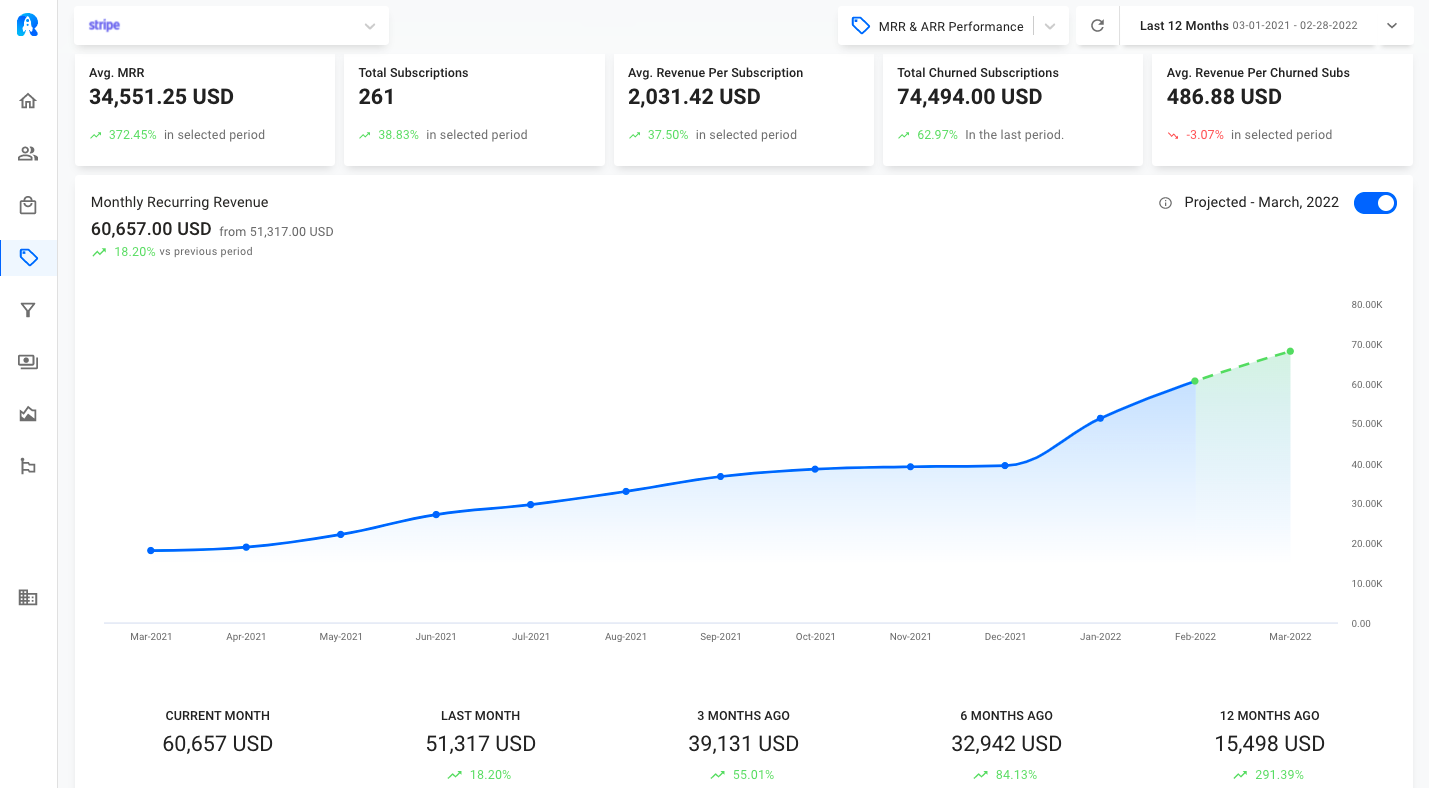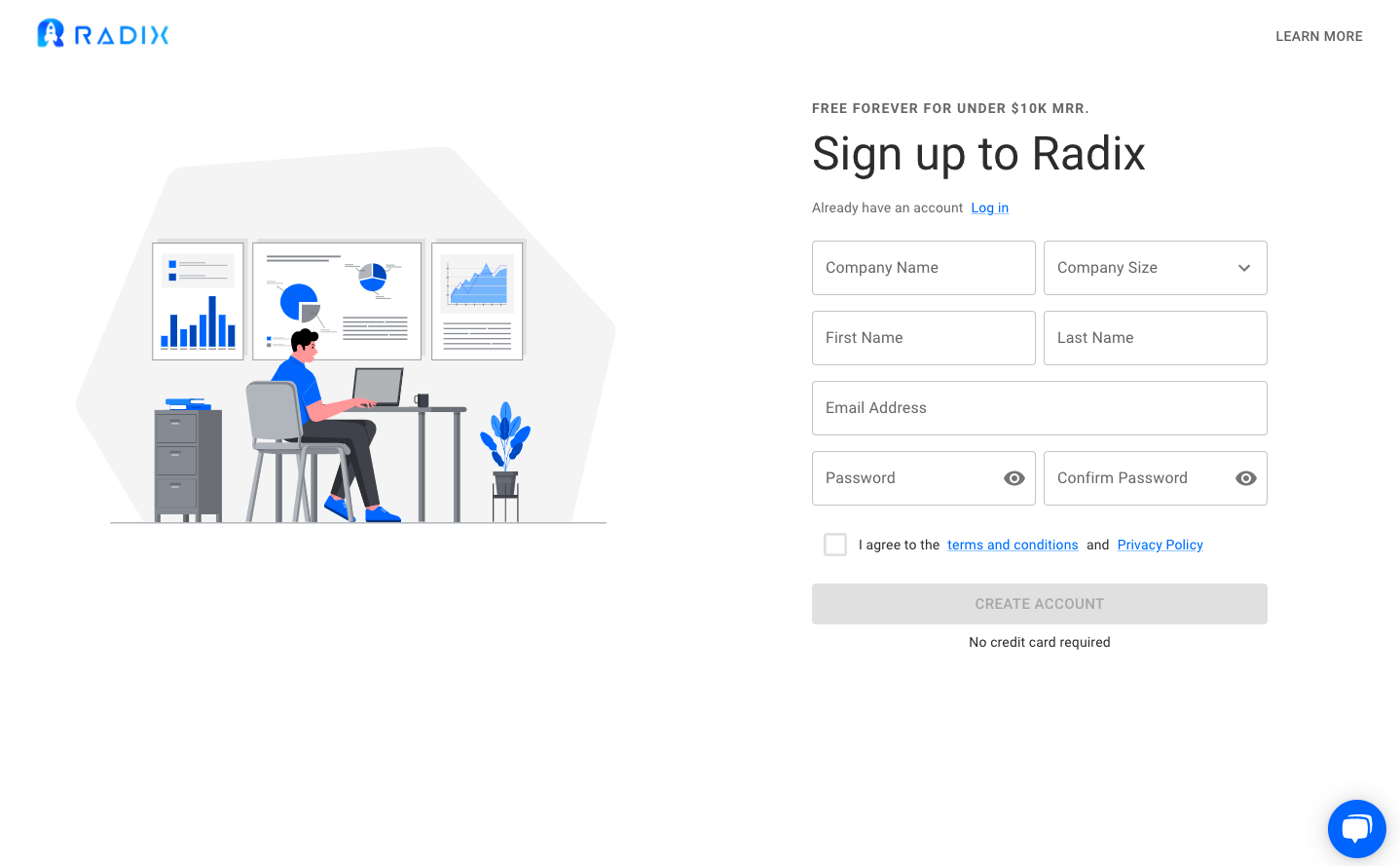What is a SaaS Marketing Plan?
A SaaS Marketing Plan is a document that outlines exactly how you plan to achieve your sales and marketing goals. It should also include what you hope to achieve as well as the time estimates for these different tasks. The SaaS Marketing Plan includes all of the aspects that are involved in your marketing and growth. It’s important to take an all-encompassing look at your growth so you can make sure the steps you’re taking align with your overall strategy.
A SaaS marketing strategy outlines the techniques your SaaS company will employ to differentiate your product from competitors and get it into the hands of your target user.
It covers everything from identifying your target audience to using the most effective tactics for turning them into paying customers.
A SaaS marketing plan also considers how you’ll keep users engaged throughout their journey, which does not stop at the first conversion stage.
How do SaaS companies market their product?
In contrast to traditional products/services, SaaS pricing is subscription-based. This implies that it depends on regular payments from customers to stay in business. As a result, your marketing strategy should not be limited to acquiring one-time customers for your business.
SaaS marketing entails using inbound marketing strategies to connect with your target market by understanding their pain points, emphasizing the benefits of them implementing your product into their daily lives, and maintaining your position as the right solution even after they’ve become users of your product.
What is the distinction between SaaS and conventional marketing?
To demonstrate the distinction between the two styles of marketing, consider a shoe salesperson and a SaaS company that provides data analysis tools.
When a shoe retailer launches a marketing campaign, the objective is to get customers to visit their store or website and make a purchase. The major objective isn’t always to turn this customer into a recurring buyer; their main goal is to get that first purchase.
In the case of a company providing a data analysis platform, the objective is to engage the target audience, explain to them why they need you/why you’re the best choice, get them to convert, and then convince them to repeat their purchase.
Why having a SaaS Marketing Plan is important?
A marketing plan is a valuable resource for SaaS because:
- It provides you with a clearer view of your target market.
- It enables you to focus your resources on the most effective strategies.
- With the insights gained from it, you may build better products and campaigns.
- It also assists you in identifying strategies to retain relationships over the duration of a customer’s lifetime.
Steps to Create a SaaS Marketing Plan
If you’re looking to launch a SaaS Business, planning and executing a marketing strategy is essential for success. Creating a great SaaS marketing plan is no easy task, but there are a few steps you can follow to be successful.
1) Create buyer personas
Your marketing team’s initial action will be to identify and develop your ideal buyer personas. The user persona is a fictitious representation of your customer’s features and behavior.
This helps you understand the audience you’ll be marketing to and provides you with forward-thinking insights into what they need and what will work best in attracting and converting them.
This allows you to produce content that relates to their pain points and the solutions they demand, as well as select certain channels that will ensure an improvement in your conversion rate.
2) Conduct competitor research
Competitor research enables you to see what has worked in the past and what is now working for your competitors.
It tells you which strategies are effective in your sector. What keywords do they now rank for, and how effective are they at increasing demand and traffic? Which strategies have your competitors employing? What are the most successful methods for generating leads?
This insight may help you in deciding on alternative channels as well as sharpening your value proposition and messaging to show how you differentiate from existing solutions and are a better choice for your targeted users.
In an already competitive market, competitor analysis can help you stand out.
3) Define your marketing goals and key performance indicators (KPIs)
You can’t have a plan until you have quantifiable goals to measure how effective your strategy is.
To measure their success over time, marketing teams create SMART KPIs (specific, measurable, achievable, realistic, and time-bound) marketing goals.
A SMART objective would be to grow signups from an average of 20 per month to 50 per month in the third quarter of 2022 using an SEO approach and a customer-focused content marketing plan.
4) Select distribution channels
This provides an answer to the question of how your target audience will see your marketing efforts.
How will you ensure that new marketing strategies reach the proper people and do not get lost among the many other campaigns after investing in new marketing strategies?
In the SaaS sector, several marketing methods are employed to drive demand and keep present customers completely engaged. Email marketing, content marketing, and SEO are the most common.
5) Determine your marketing budget
Your marketing budget will be determined by the marketing channels you select as well as the timeline for achieving your goal. Each channel has a cost associated with its operation.
For example, if your objective is to boost free trial sign-ups in the next two months by using different types of display advertising, your budget will be more than if you choose to invest in organic traffic using content marketing.
6) Select the most effective marketing strategies
Marketing tactics are the techniques yo use to generate leads and move clients through the sales cycle.
You’ll need to select and prioritize the best ones for your SaaS business to focus on.
The information obtained from creating your buyer personas and doing a competitive analysis can assist you in determining which strategies will perform best for your ideal customers.
7) Keep track of your progress and evaluate your results
You should track your success at each stage using the goals you established to ensure that your marketing strategies are effective.
Based on the data acquired, you can evaluate what is working, what isn’t, and why. This will allow you to fine-tune your plan and achieve a higher return on your investment.
Metrics you should Track & Monitor in your SaaS Marketing Plan
To accurately measure the success of your marketing strategy, your marketing team will require key performance indicators or product metrics to track.
The following are some essential metrics for evaluating marketing success:
- Conversion Rate
- Activation
- SignUp to paid conversion
- Churn Rate
- Unique visitors
- Lead generation
- CLV
- CAC
- MRR

You can use Radix to Track and Analyze these and +150 key metrics. Sign Up for Free and enhance your marketing strategy!

Conclusion
When it comes to SaaS marketing, planning is everything. A well-developed and thoroughly thought-out plan will drastically improve your chances of success, while a mediocre or poorly executed plan will almost certainly yield mediocre results at best. That being said, it’s important to remember that a SaaS marketing plan is not set in stone—far from it. It can (and should) be changed and updated as you learn more about your target market and what resonates with them. It’s a living document that will change constantly, but it’s also necessary for success.
Read More:
8 Fatal SaaS Advertising Mistakes
Improve MRR Performance:10 Tips for Improving Your MRR for Better Business Growth
How to Scale your eCommerce Business
How to Increase Online Sales With eCommerce Analytics





